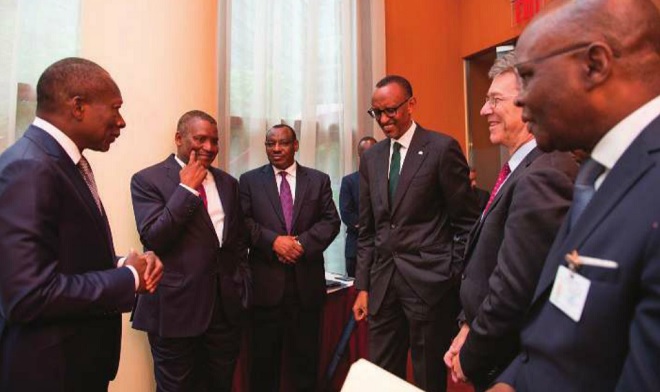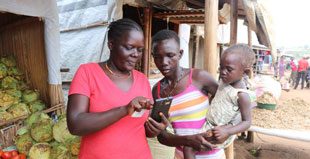
COMMENT: Scientists have developed an independent analytical framework to prioritise policies
Anne-Sophie Stevance, David McCollum| In just the latest example of popular support for science, tens of thousands of people around the world recently marched to advocate for a worldview based on facts, not fiction. They understand that science could actually save the world, because it can help us solve our greatest health and development problems.
Those problems are at the heart of the United Nations Sustainable Development Goals, which the international community agreed to in 2015, with the aim of creating a more prosperous, equitable, and healthy planet by 2030. The 17 SDGs, which include 169 individual targets, constitute an ambitious agenda to address everything from gender equity to sustainable cities and climate change. All told, they provide an inclusive vision of sustainable development for the twenty-first century.
But comprehensiveness can come at the expense of effective action. Few people can actually name all of the SDGs, much less explain how every country can achieve them over the next 13 years. Experts around the world – including all of those who gathered in New York in Early June for the UN Ocean Conference – are wrestling with individual targets or goals. And yet integrating these efforts remains a formidable challenge. If our leaders are ever to realise the world envisioned in the SDGs, they will need a roadmap for navigating the complex policymaking terrain.
Scientists are well positioned to provide this roadmap, because they know how to ask the right questions, design experiments, draw evidenced-based conclusions, and apply new information to existing knowledge. Better still, scientists enjoy sharing their findings with others.
The International Council for Science (ICSU) recently brought together 22 scientists from various fields – including oceanography, epidemiology, agronomy, and energy economics – to come up with SDG-specific insights for world leaders to follow. By studying how different goals and targets relate to one another, we developed an independent analytical framework to help leaders prioritise policies within their own countries.
Some SDGs have reinforcing relationships, whereby achieving one will make it easier to achieve others. At the same time, some SDGs may be in conflict, if progress in one area comes at the expense of others. While we have long known that the SDGs interact with one another, the ICSU study is the first time that these interactions have been systematically quantified.
For example, we selected the four SDGs relating to hunger, health, energy, and oceans, and then identified every possible interaction between them and the other goals and targets. We then developed a seven-point scale, ranging from +3 when a given goal or target strongly reinforces another, to -3 when achieving one goal makes it essentially impossible to reach another.
 The Independent Uganda: You get the Truth we Pay the Price
The Independent Uganda: You get the Truth we Pay the Price



